In the competitive world of ecommerce, a Shopify store needs more than just a slick storefront. A powerful blog can be your secret weapon, driving traffic, building brand awareness, and ultimately boosting sales. This article is your roadmap to success, guiding you through the entire process of launching and monetizing a profitable Shopify blog. We'll cover everything from choosing the perfect niche to implementing proven strategies for generating revenue. By the end, you'll understand how a well-crafted blog can elevate your Shopify store's authority, enhance your SEO, and cultivate stronger customer relationships, paving the way for sustained growth and increased profits. So, are you ready to unlock the power of content marketing and watch your Shopify business thrive? Let's dive in!
Choosing the right audience
Todays web is noisy, and trying to stand out in that noise takes a lot of luck and timing. Only some of those well timed and very well executed pieces of content make it. When you do see a piece of content drive a lot of traffic or a store pull a lot of traffic from multiple channels, they didnt just wake up one day and have it. It was a combination of hard work, perfect audience targeting and a bit of luck.
In this chapter we will explain the importance of having a clear niche and target audience to target. If your niche is too competitive, you can go deeper provided theres enough traffic.
A niche is a focused group of people around a certain topic, niches can be huge including a massive group all the way to a small group of passioned people. When building your online store it is important to understand what your niche is and who you are selling to. It is important also to be unique in some way that brings value.
Where to find niche groups?
You can find a list of niches normally on social media channels, like Reddit, Quora or other community platforms like Discord or even Slack.
With Reddit you can quickly find people around certain topics, you can also dig deeper into sub-reddits (sub-topics) to learn more about more specialized variants of the topic.
For example if you focus on gardening.
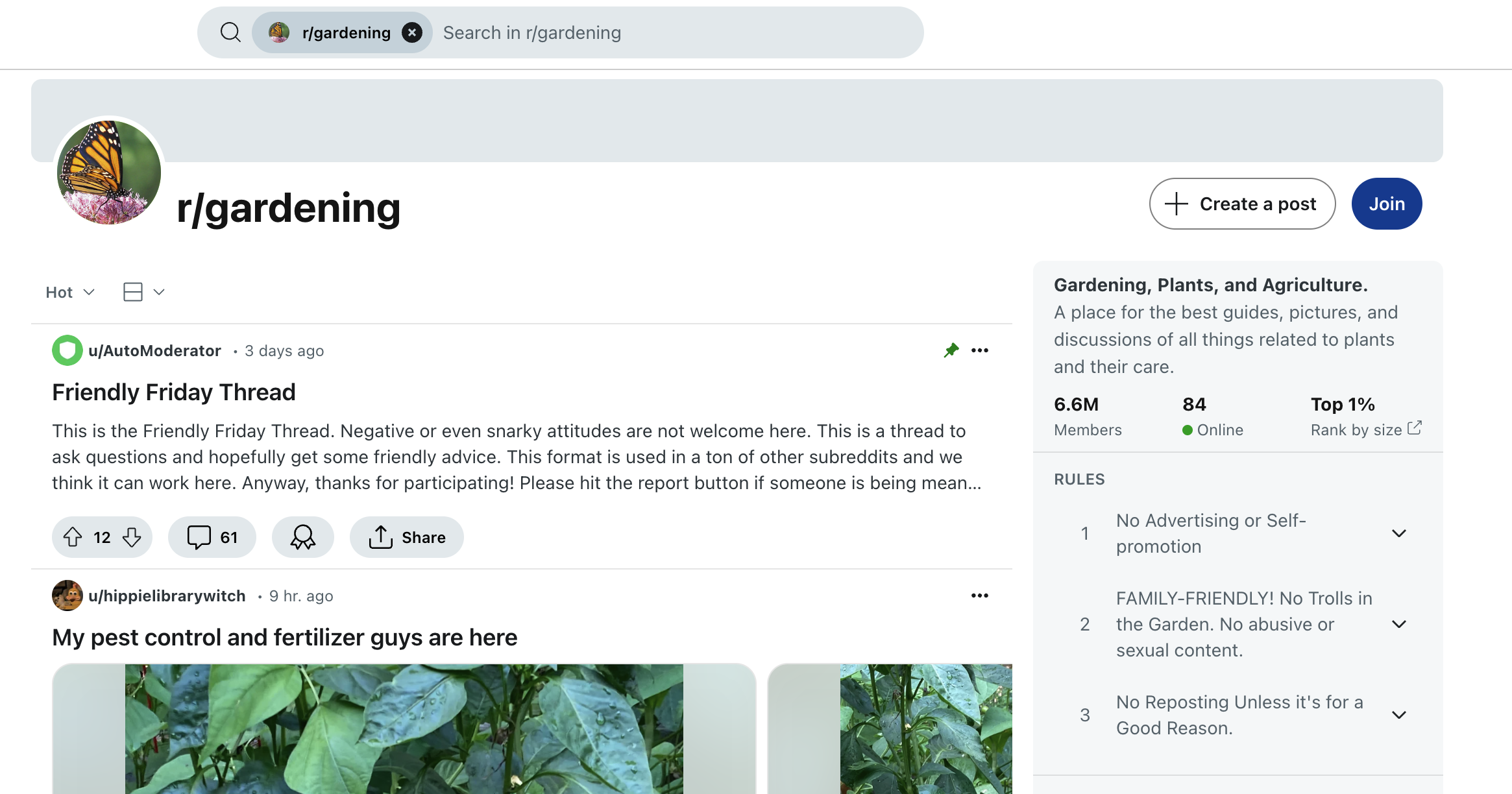
Here there is a community of 6.6 million people, and is actively maintained. You can look around here and learn about different problems they may have.
But targeting this group may be complicated since you are probably competing with tons of other stores focused on this niche. So lets dig deeper.
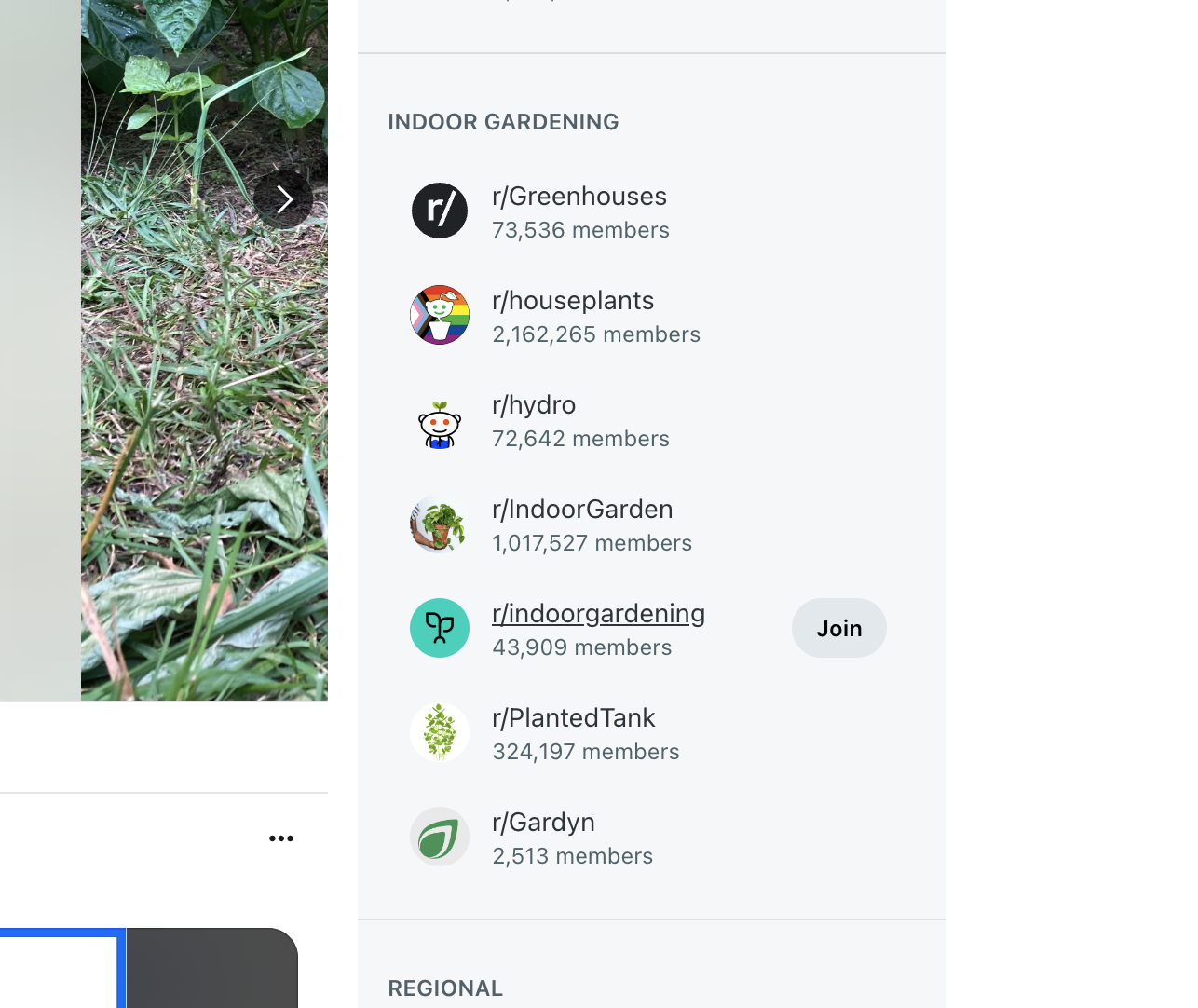
With Reddit you can see a list of sub-reddits and how many members they have. So if we now focus on "indoor gardening", there are 43,000 members and probably less competition.
You can keep drilling deeper until you reach a niche with not much competition but enough people to justify focusing on.
With this sub-reddit you can dig in and better understand the topics they are talking about and common pain points they are sharing.
From there you could start thinking about content to create and products you can upsell in those articles to help drive additional revenue.
Tackling multiple niches
There is a great book that was first released back in 1991 called Crossing the Chasm. It talks about user adoption of different products. But one important idea that came from this book is the idea of conquering smaller niches.

The idea is simple, target and creating content for smaller groups of people and eventually dominate the bigger niche. It takes time and effort to get there, but once you master the smaller niches, combined you will own the parent niche.
This is how a lot of companies in the software world work, they focus deeply on a certain category of people having specialised problems, and eventually they expand to support a bigger
Once you understand who your target audience is, we can start to think about problems they may have and possible search terms they may be entering into Google.
The importance of research
It's essential that we deeply understand our targeted niches and audiences, if we fail this step we will fail to capture their attention. So its crucial to do the research, interview people in your target niche and gain a deeper understand over their problems and their point of view.
A great book to understand the deeper meaning of people when interviewing them is the Mom test. The book dives into understanding the intention of people and showing you the right type of questions to ask. Its also important to understand who you are asking, especially if you interview people who only find positivity, they don't really reveal their true problems or meaning. It's worth a read.
Getting started with Shopify
Shopify is a great solution to build an easy to use website to sell your products. But to leverage traffic to your website you need to create content that pulls people towards your brand.
Doing so is essential to becoming a trusted source and to provide a high quality solution to their needs, with this in mind we can write content around your products and the reasoning on why your product is necessary to solve their pain/problem.
To begin creating content, you can use the Shopify blog section included with your online store. You can find this under the "online store" section in the left sidebar.
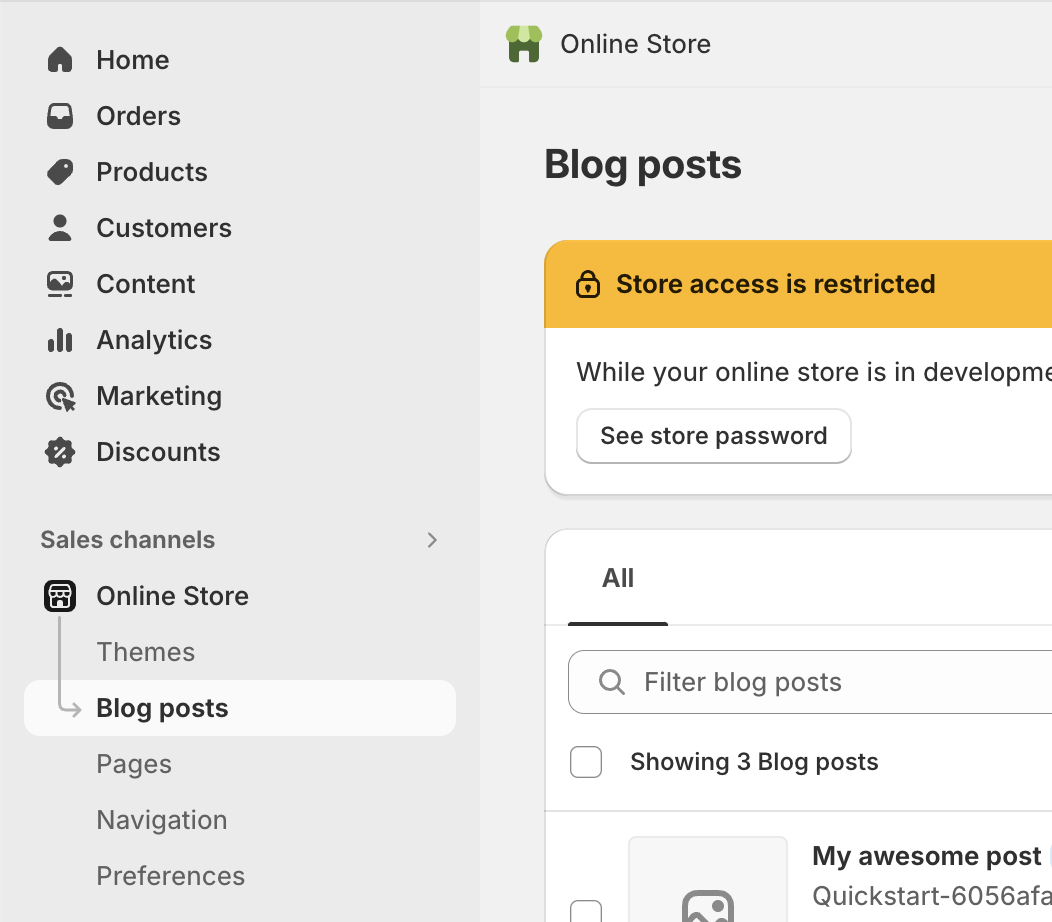
Once there, you can create a new blog post with the dark button in the top right labeled "Add blog post"
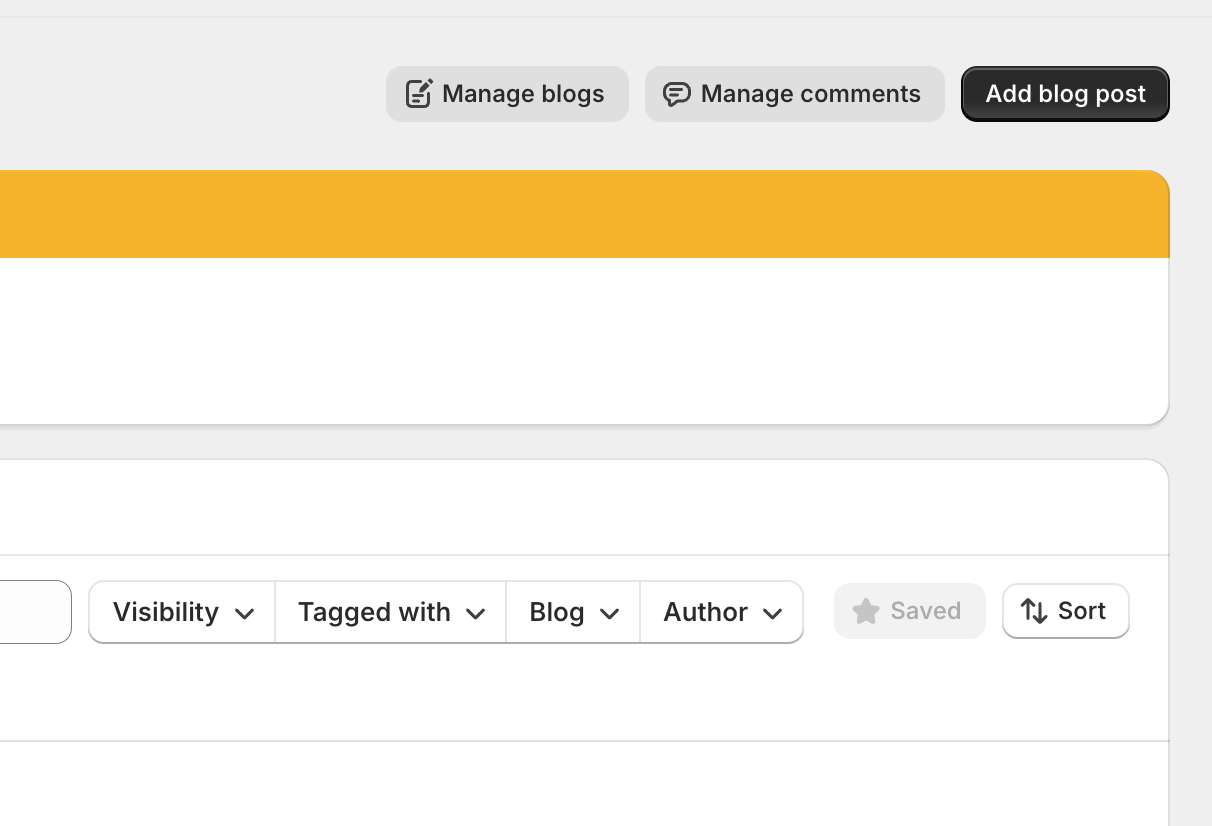
This takes you to a blog form page where you can start defining and writing your article.
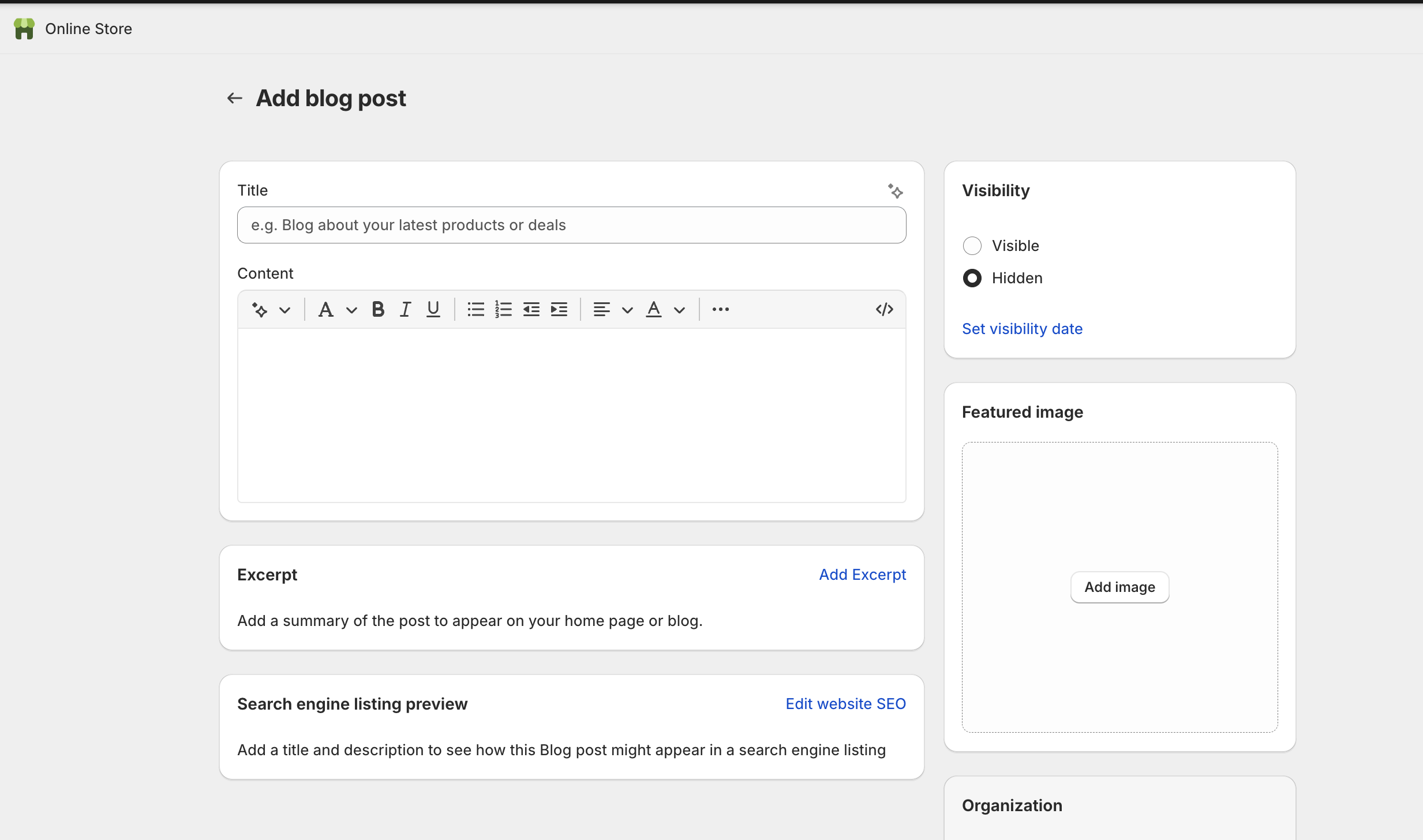
Its important here to give your post a good title that clear states the intention of the article. When it comes to writing the content of the article, I like to define first the article outline to give some structure to the content.
Once you have defined your content, given it a title and a featured image, you can change the article visibility to "Visible" and save your changes.
Your article will appear in the blog section of your online store.
Some tips when writing articles
When it comes to writing articles, you want to ensure you don't just add a wall of text, you want to think about the reading experience. it helps to introduce some images to help break up the content and to help enforce the message you are trying to carry over to your audience.
A great solution of creating images is Canva. With Canva you can quickly create high quality diagrams and graphics without much expertise in graphic design. On top of being easy to use, Canva is also free.
And if you are looking for stock photography thats completely free to use, check out https://unsplash.com/ and https://www.pexels.com/ - both provide thousands of images that are free to use, just make sure you reference the original author in some way.
As a I previously mentioned, starting with an outline can be a great way to structure your content before writing, this helps craft a story and maintain message consistency as your readers consume your content. With this you can delete, edit and rethink various sections of your article and work on improving the overall story.
Design
Providing a well designed blog is essential, make sure your Shopify theme has this covered, try it out by creating an article with a hierarchy of headings, some paragraphs of text and embedded images. This will ensure your theme has the necessary styling to ensure your blog post is well design and easy to follow.
If it does not, it may be worth learning some CSS to understand how to design a webpage, and jumping into your themes stylesheet to make the necessary changes. If you are unsure or don't know what youre doing, make sure you either follow a tutorial on theme customization or consult a professional.
You could also look for an alternative theme that better supports your blog and overall website design.
Creating content
Content can exist across many different mediums, and they can all work to help boost your online store. Its important to try out a few before really committing to a certain type.
Some content mediums include:
1. Video

Video is a great and an ever popular medium. A number of services exist today that host and promote your content online to help drive visitors. There are a few different services each specializing in different types of video content, from long form to short form.
The long form video space include services like YouTube and Vimeo. YouTube has kept growing to become the second most visited website on the web, and can be a great channel for you to explore. You could write a great article for your blog and purpose the video for YouTube, this would expand the reach of your content and reach more potential buyers on more than one channel.
Another video form includes short-form, this type has been captured by services like TikTok and Instagram, you create a short 15 to 30 second video that quickly engages with a viewer. This can be a great way to retell a piece of your article to a new audience, and perhaps try to also promote one of your products while doing so.
When it comes to growing your audience on these channels, its important to post often and consistently, also you need to ensure you produce decent quality content that is both valuable to viewers and worthly of pushing them to subscribe. This can take time and effort to reach this quality standard.
Both video and written content can benefit each other, video can make an article more accessible and boost your viewer time on your website, it can help to embed your related videos in your articles to better explain a topic and to improve engagement with visitors.
2. Articles
One of the most important mediums are articles, this creates the bedrock of your blog. With an article you can provide anything from a short collection of questions and answers, all the way to a detailed multi-part guide to help educate your readers.
Articles exist in a few ways, you can provide a detailed piece of content that both informs and engages readers, search engines love this type because they can easily provide detailed and expert written answers to questions readers may have.
Another type of article is a listicle. A listicle is a list of top 10 items that may be relevant for the reader, for example top 10 must have dresses of 2024. This could dive deep into each dress explaining why it deserves number X in the list and in your opinion why it deserved to appear in the list.
A great blog that makes use of this type of content is BuzzFeed.com. This blog focuses on optimization and maximising engagement to boost readers. They experiment with different titles, descriptions and images to see which one drives the most engagement.
3. Audio

Another types of medium is audio, think of Podcasts, they are exploding right now and there are tons of online services that help publish and distribute your podcast episodes, like Spotify. With a podcast you can build up a sizable community overtime and drive those followers towards your brand.
You can also embed a podcast episode with a related article that could go into deeper detail around the subject in the episode. Like videos, creating a podcast episode does take some time and effort to ensure a level of quality, if you try this medium, make sure you establish a clear and well structured approach. Ensuring consistency is important to retain listeners and to expand your episode over time.
4. Social media posts
Social media is another great medium to work on, but with social media you need to stay committed, it can be a great channel to promote your articles, podcast episodes and videos. And eventually create an audience that you can drive back to your online store.
Ensure you have brand consistency here and post valuable content regularly, and you should eventually see some growth. It may also be worth looking into a social media scheduling tool such as Buffer or Hootsuite, then you can batch together a number of posts for the week or month. Its important to consider automation, especially when your calendar is packed with things to do.
Thinking about content differently

Content you provide on your blog doesn't necessarily need to always be written articles, you can provide different types of content to help bring value to your readers. A great blogging platform is Tumblr, with this platform they have multiple options to help your create content, such as:
- Text, for long form articles like this one
- A photo, to embed a photo with some content to help explain the image
- A quote, perhaps a famous quote to bring value and perspective to your readers
- A link, to something useful
- Audio, perhaps a podcast episode
- Video, a video exploring a certain subject or topic
These content types all bring a great reading experience to your readers and help engage and increase your online following.
It takes time
When it comes to content creation and building a following, you need to remember that it takes time. The content you create today may not be noticed for another 8 months. You need to keep your head down and focus on creating high quality content that brings value to readers. This will the help of other channels and repurposing techniques will help drive traction and increase your brand awareness. And remember no-one said this would be easy, you are creating content probably in a highly competitive space, so provide the best quality you can.
Consider a newsletter
To help with the journey and to see results in a year from now, you should consider implementing a newsletter, with a newsletter you can collect the emails from readers overtime and send them a monthly or weekly (depending on how often you create content) digest of your content.
This is great because it opens another channel where you get reader re-engagement and an opportunity to sell your products. Once a reader receives an email, you need to ensure the email is both valuable and informative to ensure the reader engages the email. You can also promote other marketing channels here such as the latest news on your social media, upcoming sales and more.
Some great options for newsletter management include https://www.beehiiv.com/ and https://mailchimp.com/ - both have free plans to help you get started.
Shopify has a great article that goes into depth on building a newsletter, you can find it here https://www.shopify.com/blog/create-a-newsletter
Make sure you are providing value and provide an easy way for readers to unsubscribe, otherwise you will end up in the spam folder and eventually services like Gmail will default your emails to the spam folder.
Content strategies
One of the most important parts of building a successful and profitable blog is to consider your content strategy, you want to think about how you are reaching your audience and ensuring the content you write is hitting possible terms they are searching in search engines like Google.
Search terms are also known as keywords, and a keyword is not necessarily always a single word, it could be a phrase. So when thinking about who you are targeting, a possible keyword could be a long tail keyword.
Long tail keywords
A long tail keyword could be a question, such as "where can i buy dresses produced from California?", you could write a single article on this keyword, but you also need to consider other possible questions the reader may have in mind, such as:
- What material are they made from
- Are the dresses ethically made?
- What dress styles does California specialize in
And so on.
With these extra questions in mind, you can create a content cluster that your article can solve. And from here you can create content around that article that can go deeper into that subject.
Have a plan
When thinking about your blog and the type of traffic you want to read your content, you need to think about the type of reader arriving to your online store. If you target the wrong type of reader, you will struggle to convert them into a buyer, so really think about the buyer persona when writing your article.
And on top of that you can embed products right in your article, this can be a great opportunity to push the reader to consider buying your product. Also ensure it makes sense, dont just randomly link to your product, build the story around the product and it'll flow nicely for the reader to understand the relevance of the product.
So having a plan is essential, a basic plan could include:
- Creating a list of people you are targeting
- Consider the niche they belong to
- Think about the problems and question they have
- Think about the content you can write to help them
- Align it around your products
- Define a calendar to consistently produce content
- And consider other channels to promote your content.
Content and intention
When defining content, it is important to consider the where a person is on the buying journey. The buying journey can be defined as:
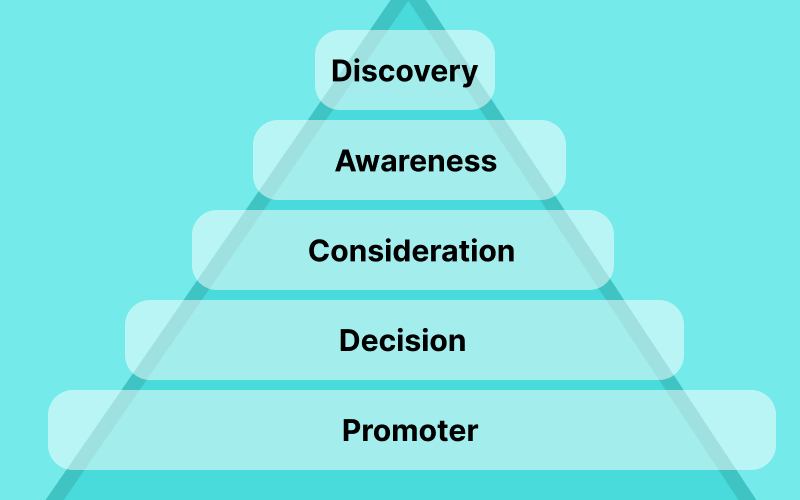
- Discovery
- The reader doesnt know they have a problem, but is curious to learn more to discover they do
- Awareness
- The reader knows they have a problem, but does not know how to solve it
- Consideration
- The reader has found a few options to solve the problem, but is unsure which one to choose
- Decision
- The reader is informed and ready to make a decision, the reader is now a buyer
- Promoter
- This is a bonus step, the buyer is happy with the purchase, that they are happy to tell their friends and write a great review
Each step presents different content creation opportunities, it's important to consider which step to focus on and how your connect bridges the reader from level 1 to level 5.
Optimizing for SEO
SEO, or search engine optimization. One of the most important topics when it comes to getting readers, especially when dealing with high competition.
SEO is basically the practice of improving your article structure to ensure search engines like Google correctly index your pages around certain keywords and search terms people are entering.
Competition for keywords
The search landscape is constantly changing, and competition for position one on a highly demanded keyword can bring a lot of traffic but also a lot of competition to maintain that position.
This is why i emphasise the importance of providing high quality and relevant content. In the world today we are entering into the age of artificial intelligence being introduced into content creation. So having the expertise and experience is a massive advantage you need to utilize to stay ahead.
AI and competition

Google is constantly working to push forward the authentic content and less so the auto-generated AI content provided by a number of services today. AI will become better at providing high quality content since it's inevitable technology outpaces the brightest minds, mainly thanks to the drive of success, but by focusing on high quality content, providing great products that solve a pain and having a great content strategy, you will find great success. And ensuring you build up a community and following around your business you will become a leader in your space.
When it comes to AI, we have to adapt and use it. But I recommend not for writing whole articles, it can be risky and you may lose points with Google and lose a lot of potential traffic.
I would recommend using AI to:
- Help define articles, and their outlines
- Repurpose content for social media
- Creating a video script from one of your articles
- Providing some research into a certain subject
- Rephrasing a paragraph to improve readability
- Translating your content into another language
You can use it for free today at https://chatgpt.com/ and/or https://gemini.google.com/
Both provide premium plans that provide more advanced features.
Some good practices
When it comes to search engine optimization, some good practices would be:
Heading hierarchy
Ensure your headings follow a clear hierarchy, as in ensure H1 is at the top and is followed by a H2, and so forth for h3 and h4. Ensure they follow a consistent topic and dive deeper into that topic as you introduce subheadings under the main heading.
Focus on the right keywords
Keep a focus on who you are writing for and your target audience, try to align it around keywords you want to own within the search engine pages.
Writing quality and engaging content
Ensure your content is both good quality and is engaging, you want to ensure readers gain valuable out of your content and find ways to discover answers to their problems. This is crucial to ensure you are bringing value to the table, and will help increase your ranking
At the end of the day Google just want to provide the most relevant content to the reader, if the reader leaves your webpage after a few seconds and navigates to another search result, it does not indicate they found what they are looking for. So focus on quality and providing the answer to their question.
Ensure your website is fast and easy to use
Another important point is to ensure your website is fast, in 2006 Amazon did a study that revealed for every 100ms added page load they lost 1% of revenue. More here http://radar.oreilly.com/2008/08/radar-theme-web-ops.html
Amazon have massive scale, but it shows the importance of ensuring your website is fast.
To improve page speed loading, ensure the images you use in your blog content are optimized for the web. Also if you have any javascript on your website, ensure it is loaded after the page has been rendered, there are some techniques to defer javascript loading. There is some information here on how to do so https://developer.mozilla.org/en-US/docs/Web/HTML/Element/script#defer
When modifying code, please make sure you know what you are doing, and backup your work before making any changes.
Driving traction
At this stage you have a few pieces of well written content that is both informative but also solves the problem of the reader in some way. But you need to consider how to improve traction.
How to boost traction:
This can be done in a few ways, such as:
Your blog homepage
Your online store should have a blog homepage, this is where you can show off your latest articles and reference related content around categories and tags. This is essential to keep up to date and ensure your content is discoverable
Your homepage
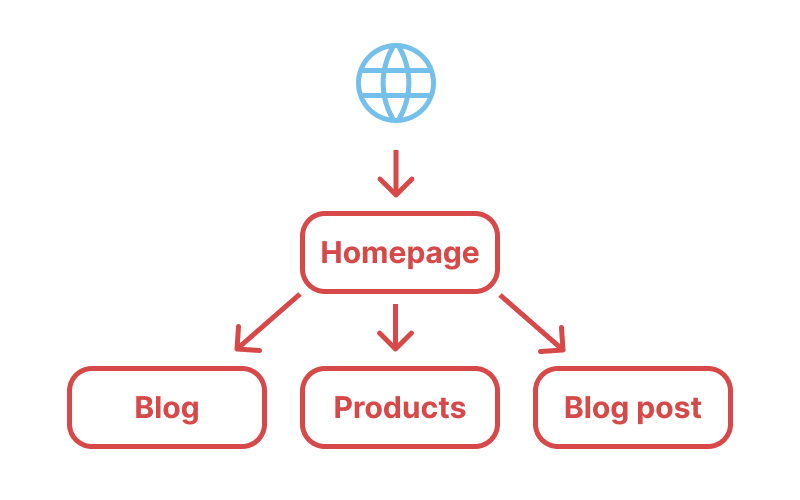
Similar to your blog homepage, the most important page of your website is your websites homepage, make sure you reference at least your 4 more recent articles from this page. Google when re-indexing your website will discover and help promote that content to appear in Google search. This will help drive more organic traffic to those pages.
When structuring your website you need to think about how you are defining the importance of your pages, similar to how other website tell Google which links are important, but embedding a link of their webpages. You need to do the same with your website. What this means is, if most of your traffic is arriving to your homepage, then the links from your homepage get a share of that importance, the deeper the link, the less important the reference. So having a direct link on your homepage to your blog article tells Google that this page is important and deserves a higher position than if it only existed under your blog.
Promoting on social media
Create a few Instagram posts and LinkedIn posts about your content, purpose some pieces to create at least 5 original posts and schedule them to be posted over the next few weeks.
It is important to also repost content a few times since social media channels don't always distribute your content to the full network. It is also worth trying out different titles and images to see if you can capture more attention.
Creating a flywheel
When it comes to building a scalable system, you need to think about having processes work for you. This can be done by defining a flywheel.
What is a flywheel
A flywheel is a wheel you turn that gets faster and faster then more you turn it. In the software world this has been an essential driver for a lot of high growth companies. The idea is:
- You attract visitors
- They engage with your content and receive value
- They receive so much value that they start promoting your content
- Those promoters attract more visitors
- And the loop repeats
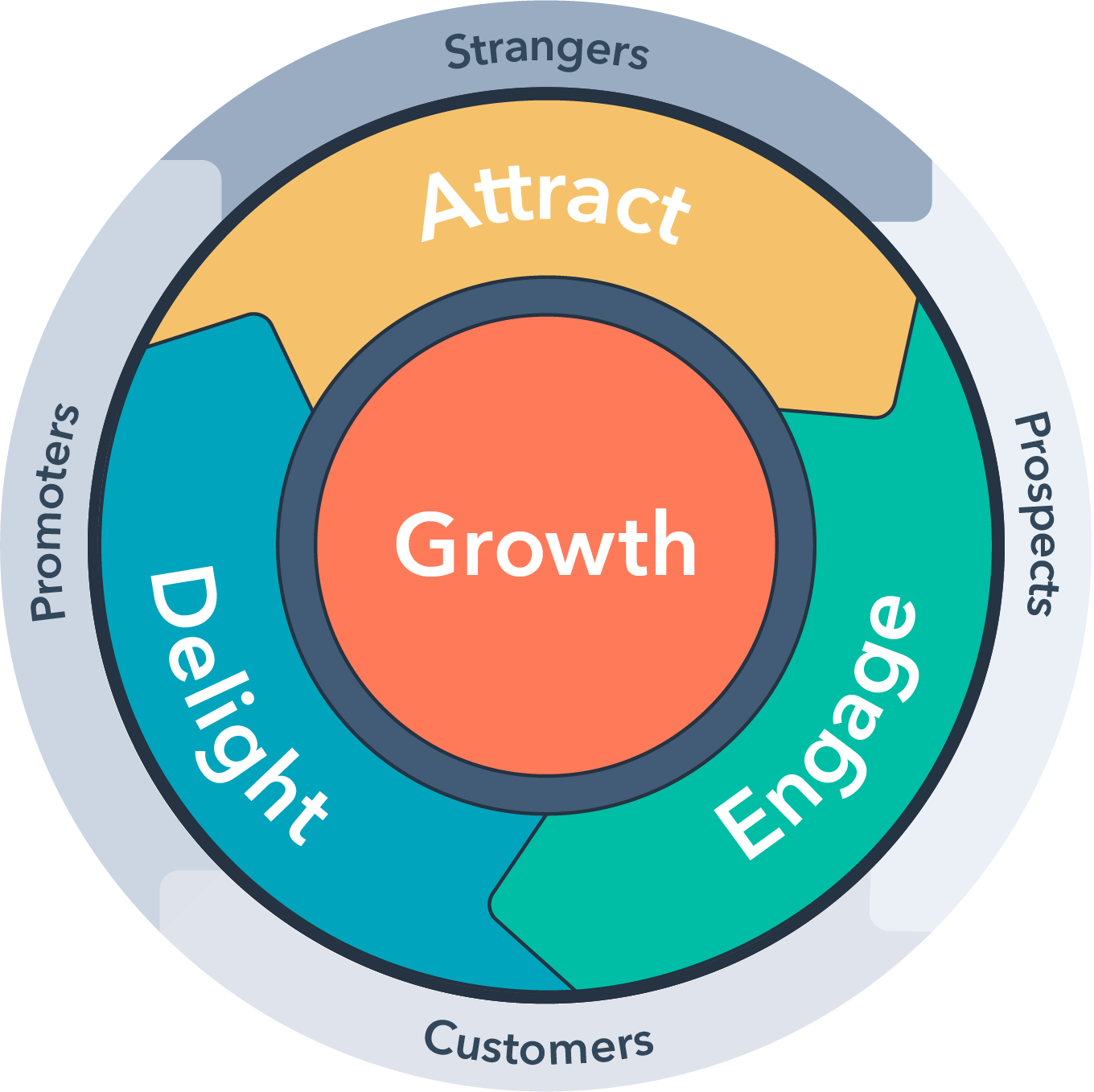
Above is an example of a flywheel.
How can I implement this?
To implement a flywheel into your blog, you can do so by:
1. Creating high quality content
This drives visitors from search engines like Google to your content. These visitors receive high quality answers to their search queries
2. Engage readers
Embed an interactive quiz or allow readers to comment, this allows them to contribute and feel like they are benefiting the content.
It may also be useful to reference posts on social media where users can engage in discussion around the article and where you can contribute to help drive engagement.
3. Delight readers
Provide a free e-book related to the article topics and encourage them to subscribe to your newsletter for more exclusive resources.
These readers can also contribute to your forum, if you have one, which in turn can help attract more visitors.
4. Understand
Keep an eye on analytics overtime and optimize your flywheel with your content strategy, this will help speed up your flywheel and in turn drive more traction to your website.
Driving conversions
Once you have a few articles published, and you are noticing an increase in traffic, you can start to think about optimizing your website for conversions. You can also recommend articles on your product pages to help cross reference and drive more value to visitors who are still not sure, just ensure your referenced articles support the current product.
Below are a few techniques to help drive traffic to your products to in turn drive more product sales, they are:
Embedding products
One simple yet effective approach to drive some product sales is to embed a product or a collection of products into your article. Just ensure the referenced product makes sense and contributes to the article, otherwise the article may lose relevance with your reader.
Creating content around products
Create content around your products, talk about how your product has helped someone or how it is made, normally there is a lot to talk about and it is easy to reference your product and the reasoning on why it is a great product to buy.
Promoting an exclusive sale
In your article you could promote a sale to pull readers from the article to your product.
Case studies
You could write a case study on how your product has benefitted a past customer, show case how it is being used and why the customer is very happy with the decision to purchase the product.
This both informs the reader but also may convince them that your product is worth the investment.
Measuring success
One of the most important things you need to do is to understand if the effort you are investing is having a positive impact. This can be done in a few ways but the most important way is to implement analytics.
Analytics
With website analytics you will gain an understanding on who is visiting your website, what they are doing on your website and why they came to visit.

A great solution that you can install for free is Google analytics.
Just be aware of their privacy policy and how it may impact your viewers, especially in Europe.
Two other great solutions are:
Cloudflare analytics

Cloudflare can help track visitors without the need of conflicting with visitor privacy, they give a more restricted view than Google analytics but they ensure you are respecting the visitors privacy.
You can install Cloudflare analytics either with a JavaScript script, or by proxying your traffic through Cloudflare. This solution is free and very lightweight.
Plausible analytics
Another great solution is Plausible analytics, this service is run by a small team but guarantee a great analytics product that is completely privacy free.
Its a premium product but worth trying out. You can find a demo of their analytics solution here - https://plausible.io/plausible.io
Understanding Google search
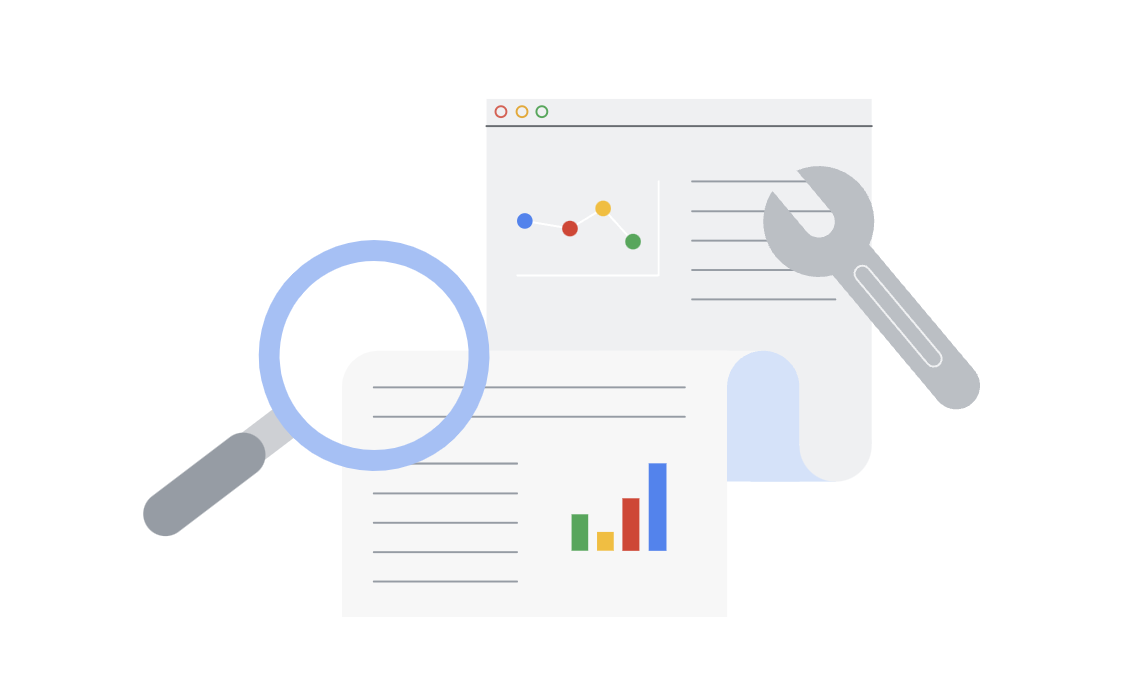
Another important way to understand your websites reach is to use the Google search console. This service is completely free to use and is essential to growing an online presence with Google search.
Google search console helps you understand how well Google search is indexing your website, and provides advice on how to improve your reach. You get an overview of page performance and you can get insights into see how many impressions your webpages are getting.
This is a great way to understand which pages are driving traffic to your website and to help pivot your content strategy to dig deeper into the winning keywords.
You can also see milestones on when Google search's algorithm has changed and how those changes have directly impacted your website.
Experimentation
Once you have analytics set up and running correctly on your website, you will want to consider experimentation. This means trying different experiments to see how well they impact your website. It can take some time to see results, but one key aspect to always being ahead is to keep experimenting and being open to change.
Google search provides support for a powerful meta data language called https://schema.org/ - this basically allows you to embed meta data into your articles and products to indicate to Google additional information.
For example:

In the above image, Google is able to understand the price of the product and if it is in stock or not. It does this by reading the webpage and parsing out the schema to indicate the price. This is all thanks to Schema.org
There is a testing tool here provided by Google to try it out https://developers.google.com/search/docs/appearance/structured-data
But this is just one small example experiment you can try out to see if it brings success to your store.
Competitive analysis
When it comes to understanding your competitors, there are a few tools you can use to understand how your competitors are driving traffic.
The tools are not perfect and can be competitive since their techniques are quite resource intensive, but with these tools they can keep you in the loop on how your competitors are driving traffic and where they lack in terms of content, that can open opportunities for you and your content strategy.
These tools are:
Semrush
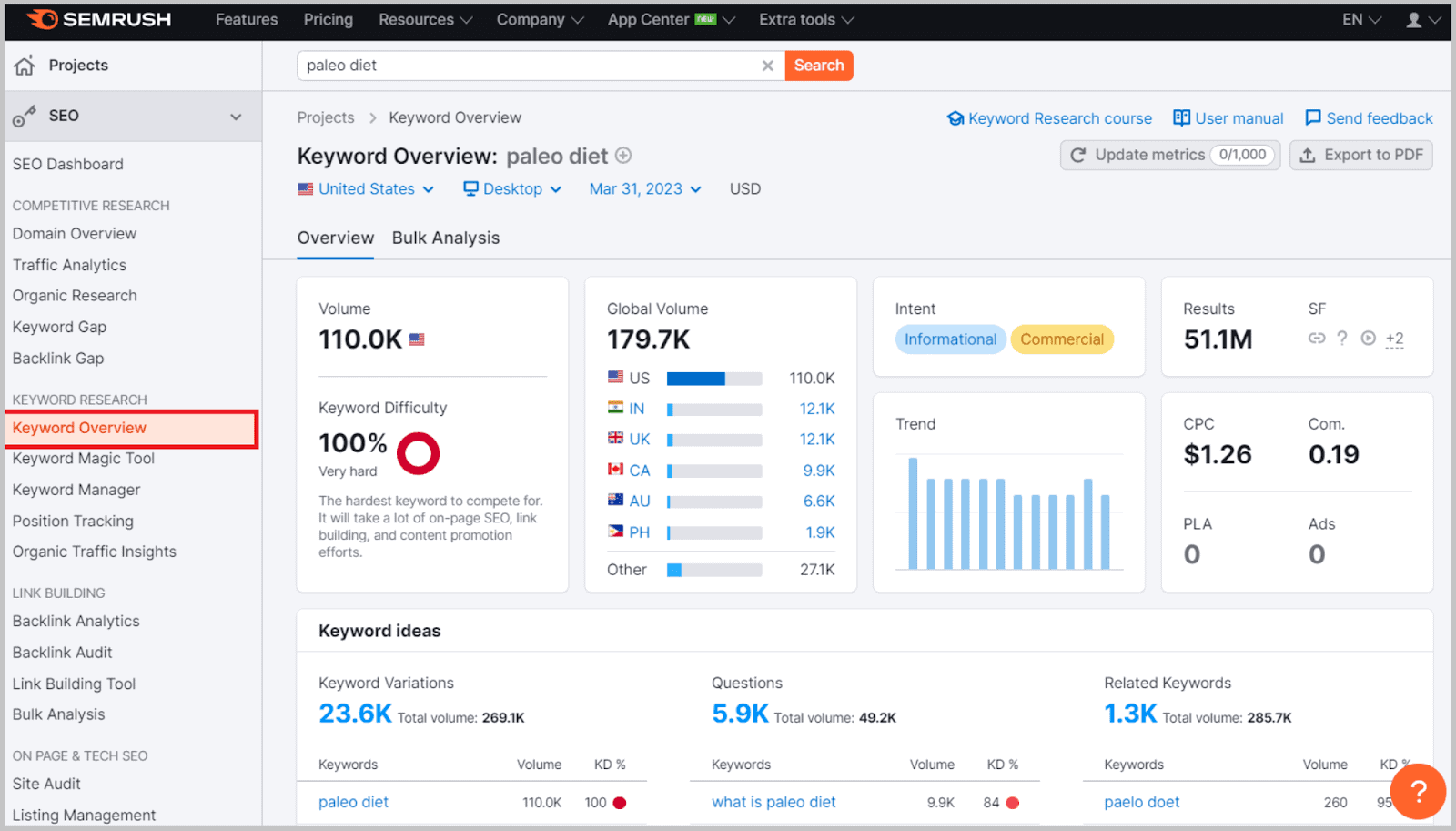
Semrush is a platform that scans webpages and search results to give insight into keyword performance and website traffic performance. The service has a free tier that you can use to query different websites to gain insight into the keywords they are targeting and an estimation on how much traffic the website is receiving.
Ahrefs
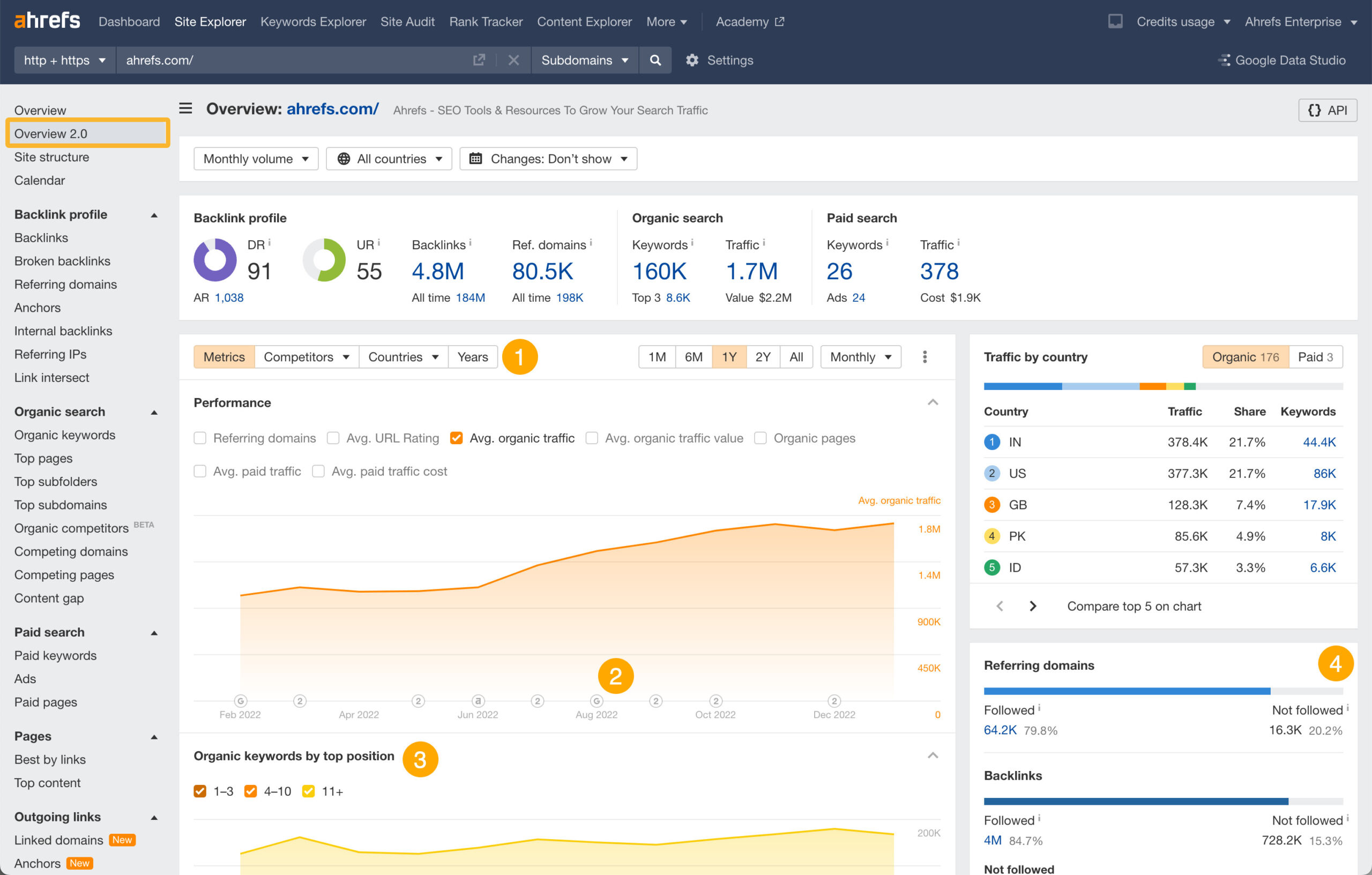
Another service is Ahrefs, this service is similar to Semrush but provides a bit more extensive information into keywords and competitor analysis.
They crawl more often than Semrush and may provide a more accurate perspective into how competitors are performing.
Disclaimer on these tools
These tools are great, but may not give true insight into how your competitors are performing, they do a great job in showing the content your competitors have, but there are a number of other techniques you can do. We can go deeper into this subject in another article.
Remember to write high quality and original content, copying your competitors will do more damage than good.
Final notes
To close up this article, we have covered a wide range of topics from initial ideation to competitive research. Hopefully there are some pieces of value here you can take with you.
